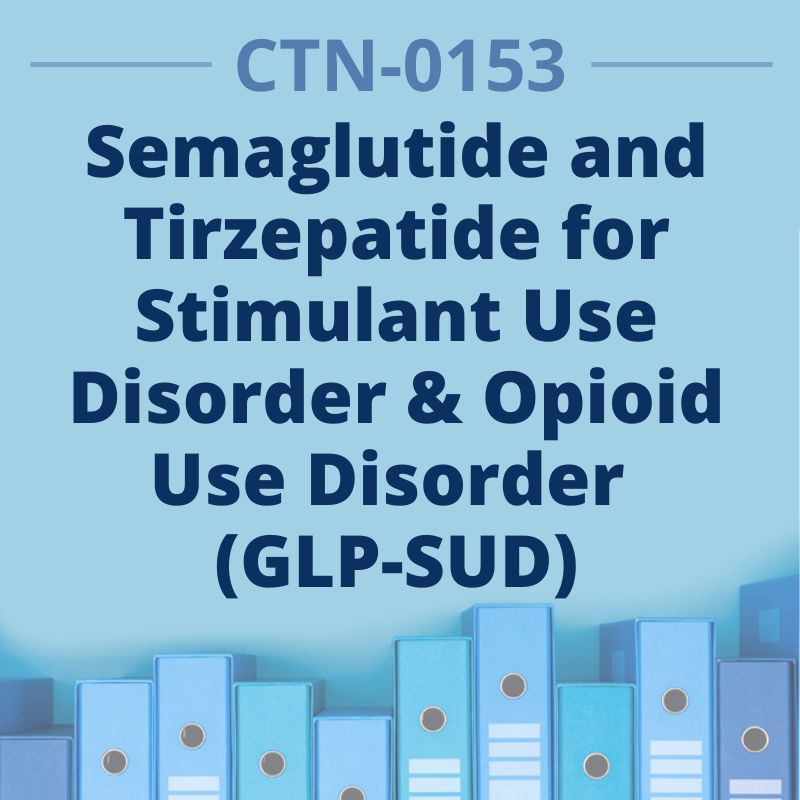CTN-0153: Effects of Semaglutide and Tirzepatide on Incidence and Outcomes of Stimulant Use Disorders and Opioid Use Disorder in Real-world Populations: Target Trial Emulation Using Patient Electronic Health Records (GLP-SUD)

Rong Xu, PhD
Co-Lead Investigator
Case Western Reserve University School of Medicine
rxx@case.edu
T. John Winhusen, PhD
Co-Lead Investigator
University of Cincinnati
winhust@ucmail.uc.edu
There are currently no FDA-approved medications for the treatment of stimulant use disorder (StUD). While there are effective medications for opioid use disorder (OUD), additional options are needed given the scale of the opioid crisis. Glucagon-like peptide-1 receptor agonists (GLP-1RA) have been associated with reported reductions in craving for addictive substances, and preliminary evidence from clinical trials has shown reduced alcohol and tobacco consumption. This study aims to evaluate the effectiveness of semaglutide and tirzepatide, which are new and particularly potent GLP-1RAs, in reducing the incidence of and improving the outcomes for StUD and OUD. This study will entail conducting emulation target trials utilizing a nationwide electronic health records (EHR) database of over 118 million US patients including 945,000 patients with OUD, and 842,000 with StUDs including 470,000 with methamphetamine use disorder. By emulating clinical trials using a large EHR database, this study will provide clinical evidence gathered from real-world patient populations to support prospective randomized-controlled trials in testing the effectiveness of semaglutide, tirzepatide for treating StUD and OUD.
Funded by the NIH HEAL Initiative℠.
Related Resources
Node Involvement
Lead Node(s):